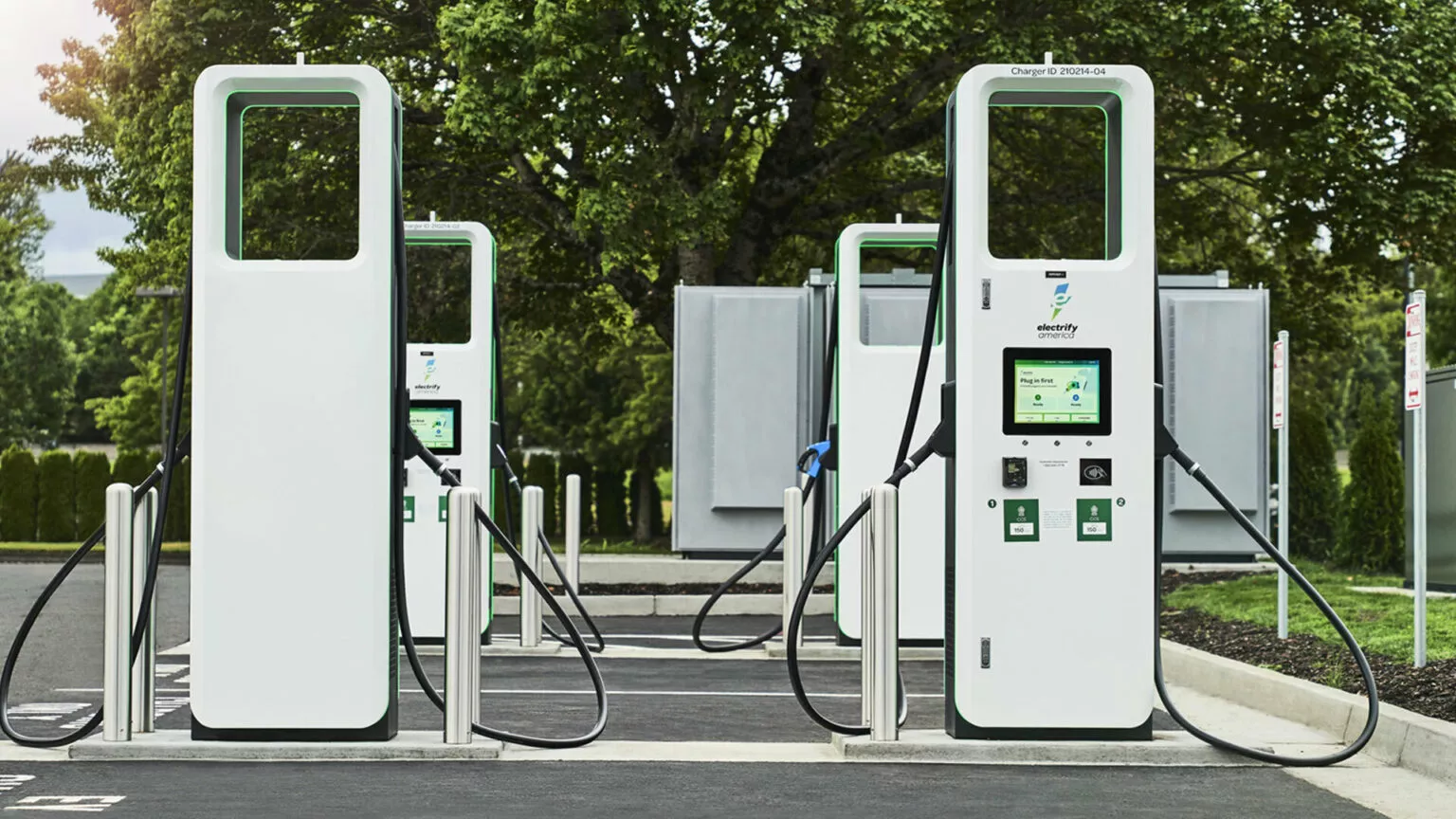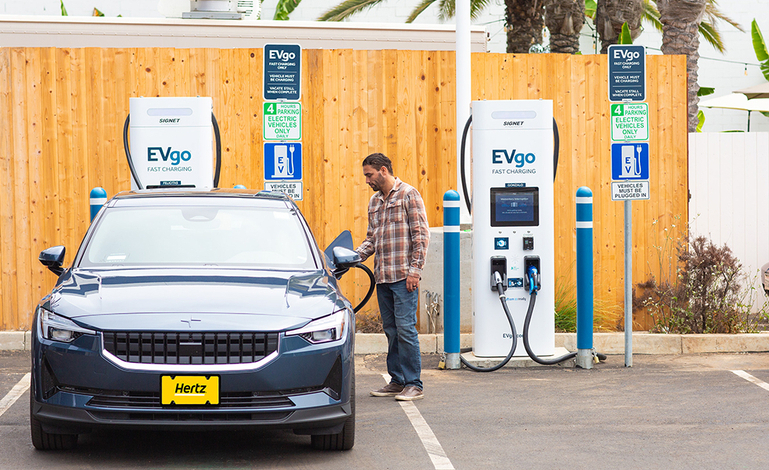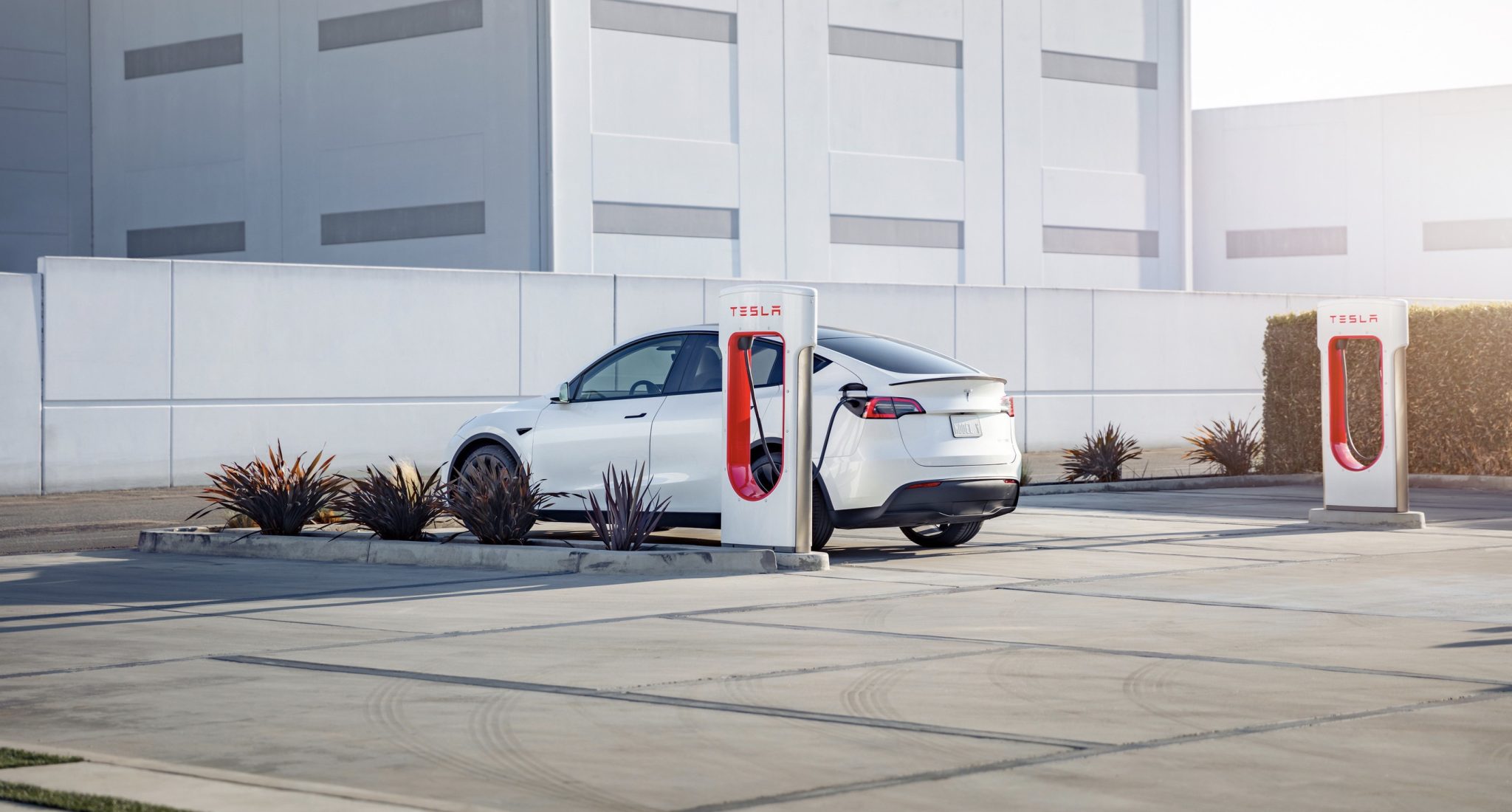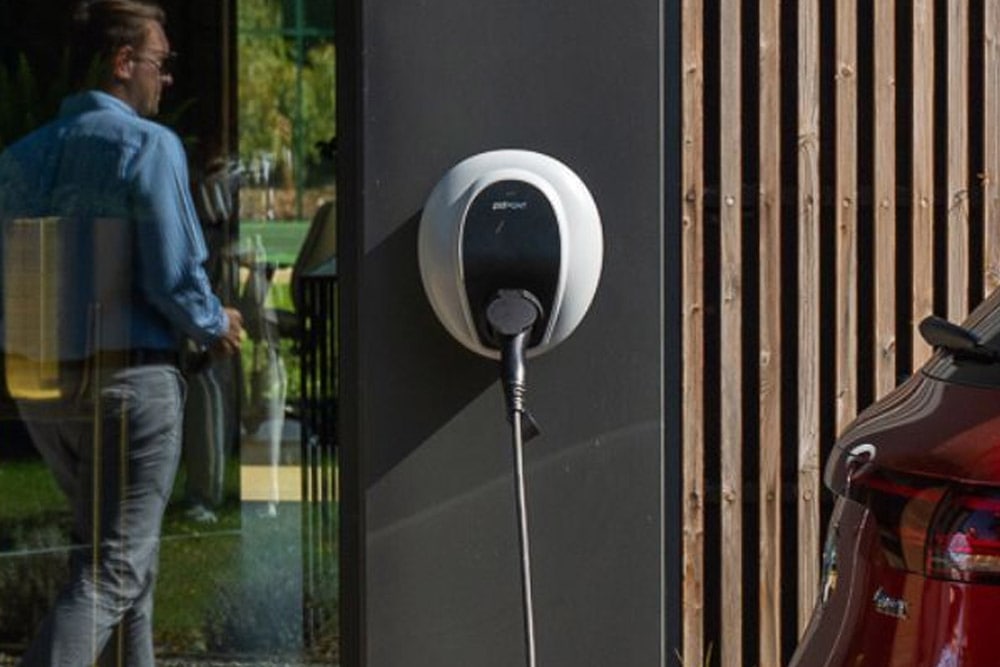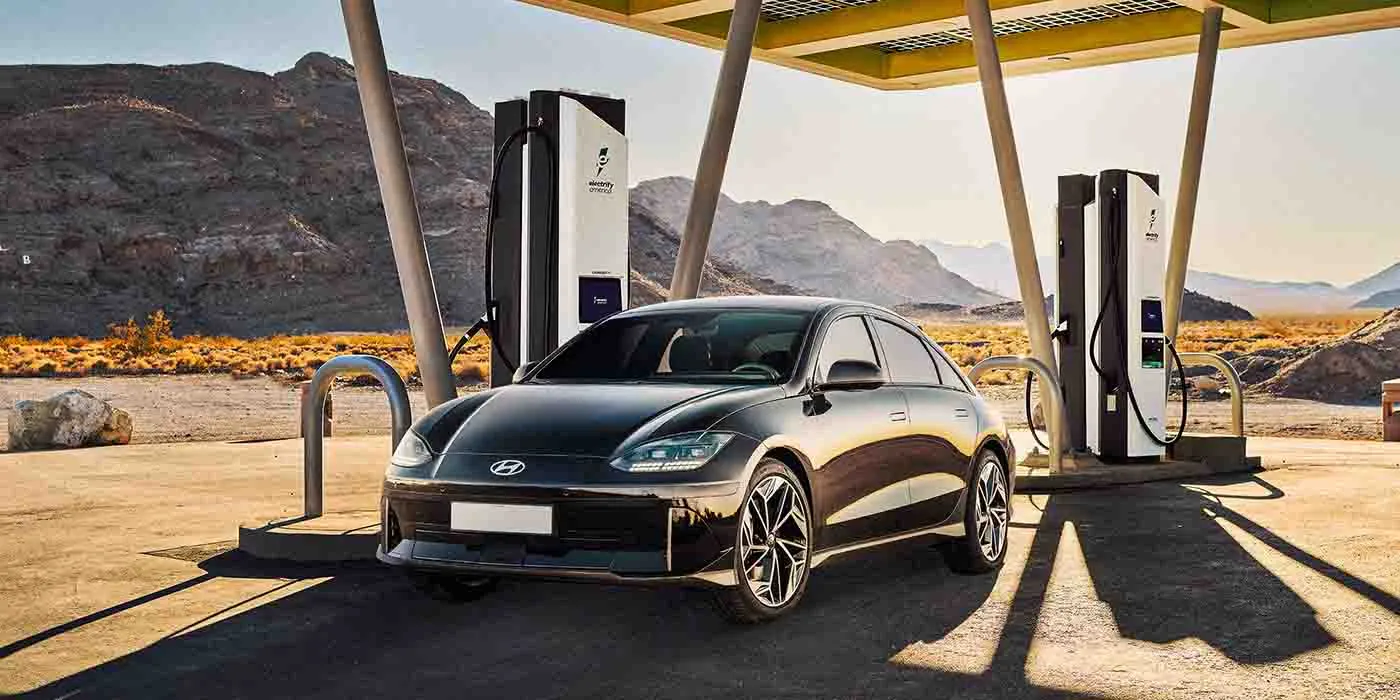Tesla is making strides in the expansion of its V4 Supercharger network across the United States, following its earlier debut in Europe this year. Recent sightings indicate that V4 Superchargers are now becoming increasingly available in various states, with reports of installations in Oregon, Nevada, and Alabama. Notably, a new V4 Supercharger was recently spotted in Atlanta, Georgia, as highlighted by YouTuber Kim Java.
The V4 Superchargers have garnered attention for their enhanced design, featuring an integrated Magic Dock (or CCS-1 adapter), a digital credit card reader, and a compact display. In addition to a sleeker and more streamlined structure, these dispensers boast an extended cable, measuring 10 feet—3.5 feet longer than the cables found in V3 Superchargers.
A close-up of a sticker on the V4 dispenser, captured at the 2:56 mark in Java’s video, reveals a rating of 1,000 volts and 615 amps. This indication suggests the potential for a future theoretical capability of 615 kW on the dispenser level, aligning with capabilities seen in Europe. Presently, however, these V4 Superchargers still draw power from V3 cabinets.
The prospect of reaching higher speeds and voltages holds significance for supporting high-voltage battery systems in electric vehicles (EVs) like the Hyundai Ioniq 5 and Audi E-Tron GT. The ability to offer faster charging speeds could address a significant challenge in the wider adoption of EVs—long waiting times for charging.
While it remains unclear whether enabling these supercharger stalls for 350 kW would require additional hardware or if Tesla plans a software update, the potential impact on EV owners is substantial. In a practical demonstration, Java plugged in her Model 3 to a V4 Supercharger, which delivered an impressive 255 kW, charging the vehicle from 20 to 60 percent in just 10 minutes.
Additionally, the V4 Supercharger in Atlanta showcased a dedicated charging space for trailers, equipped with immersion cooling technology. This innovation involves submerging hardware components directly into a thermally conductive liquid to enhance heat dissipation efficiency. Notably, the V4 cables are designed to charge the Tesla Semi, capable of accepting a substantial one megawatt or 1,000 kilowatts of electrical input. These advancements underscore Tesla’s commitment to enhancing the charging experience for EV owners and facilitating the broader adoption of electric mobility.


